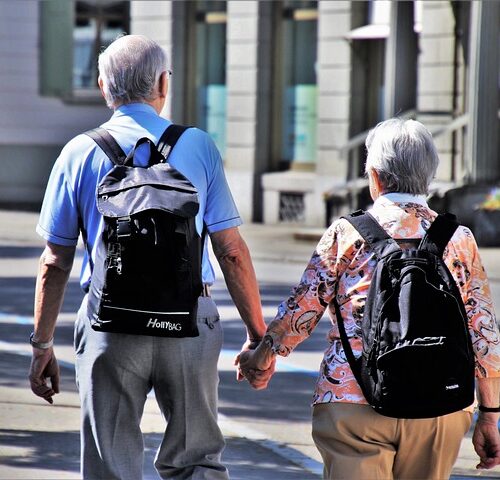Chiropractic and falls prevention
By Chiropractor Dr. Graham Taylor
We know that falling (called “a fall”) is a major risk for injury in older adults and is a significant cause of death. Life can be very difficult for those who experience a fall. In my own case, my dear Nan was very fit and healthy in her eighties when she heard a car crash outside her house in northern NSW some years ago. She got up quickly and began to race outside to help. But she tripped, broke her leg and never returned home again. Instead she suffered multiple complications, had a long hospital stay and ended her life in aged care. She went from being very independent and functional to totally dependent on the medical and aged care system in one fateful second. This was indeed a sad thing to witness. Nan had been a very independent person, so much so that she would not I imagine have even dreamed of going to see a chiropractor. Even when in aged care when the physio came around to offer exercises for her “dicky” knee, Nan would send the physio away to “someone who needed it more”!!
There are some studies that show how receiving chiropractic adjustments can help our brain “know” where our arms and legs are in space, without looking. That scientifically known mechanism has been understood for a long time and is called “proprioception”. Remember from my last article, we talked about the brain-body connection and chiropractic. Our brain needs to know where the rest of our body is – so that we are well coordinated and we move without stumbling.
Researcher Dr. Kelly Holt in New Zealand conducted a scientific study involving two groups of older age participants. One group received chiropractic care and the other did not. The researchers measured how quickly each person could move their foot in response to a light that flashed on the ground. They also measured a thing called ankle “joint position sense”. The ability to move the foot in this way has previously been shown to be a factor in how well a person recovers after they trip on something or if another unexpected change happens – in order to get the foot down and avoid falling. The researchers found improvements in both parameters for those who had chiropractic care – but also importantly, there were no such beneficial changes for the group that did not receive the chiropractic treatment. This suggests that chiropractic may translate to less risk of falls in older people. The research adds to that already done investigating how chiropractic and other manual therapies may reduce the risk of falls in the elderly.
Annika and Graham have a secret weapon that you can use daily to improve your balance. Check out this article
https://spectrumchiropractic.com.au/i-need-good-supportive-shoes/
Reference: Haavik, Heidi. 2019. “The Reality Check. A quest to understand chiropractic from the inside out”. Haavik Research, Auckland, NZ.
Image by fairpharma from Pixabay

